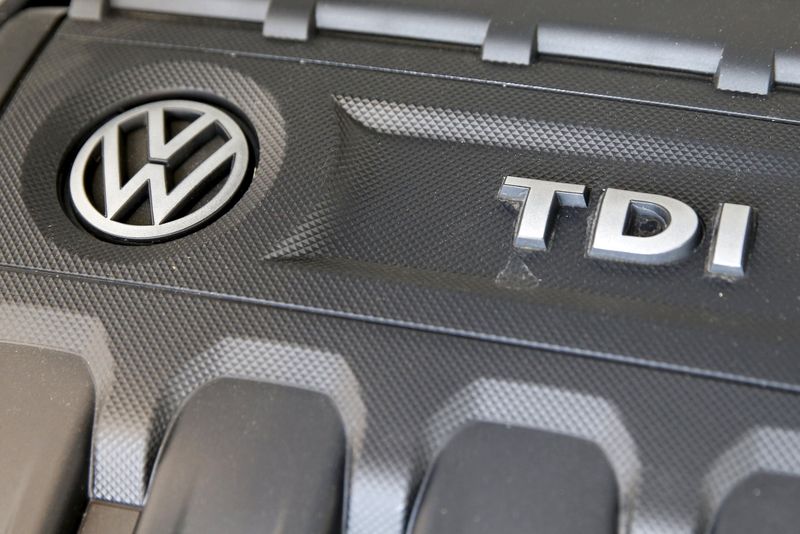VLADIMIR Putin may have used a drones called “pigs” to blow four holes in his own Nord Stream gas pipelines, reports claim.
In a plot closely echoing a classic Bond movie scene, Russian agents are feared to have packed explosives on robots used to clean and repair the inside of the undersea pipes.
7

7

7
The first pictures of the damage emerged yesterday, three weeks after the pipes were ripped open in a series of explosions that triggered mini-earthquakes in the Baltic.
They show gaping holes in the inch-thick steel pipes – which are wrapped in concrete and buried in trenches to protect them from sabotage or accidents.
Experts say only explosives could have caused such damage, and the pattern indicates the blasts came from inside the tubes.
Russia is suspected of being behind the blasts, which sent gas prices soaring further in Europe.


Now there is speculation saboteurs used specially designed pipeline inspection gauges, known as pigs.
Think tank boss Dmitri Alperovitch told Fox News: “The easiest way for them to do so would have been to load up explosives inside the pipeline through a device called a pig.”
Nord Stream 1 technical director Sergey Serdyukov previously told a Russian technical journal they use pigs made by Swiss firm the Rosen Group, reports energy news site Upstream.
They are loaded into the pipe at the compressor station at Portovaya in Russia, and run the 745-mile length to the German coast to check the integrity of seams and the pipe walls.
They are designed to help prevent ruptures caused by corrosion – but it is feared they were used for sabotage instead.
If true it would bear a striking similarity to a scene in 1999 Pierce Brosnan film The World Is Not Enough.
Bond and scientist Dr Jones ride on an electric pig to defuse a nuclear bomb speeding through an oil pipe on another pig at 70mph.
Danish police yesterday “powerful explosions” caused “extensive damage” to both of the twin Nord Stream 1 pipes and one of the twin Nord Stream 2 pipes.
German investigators concluded the explosions were an act of sabotage.
They are said to blame the Kremlin but have stopped short of saying so publicly.
Sweden is conducting its own investigation and used a privately owned undersea drone to film close-up images of the damage.
‘Extreme force’
Footage published by Expressen newspaper shows one 165ft section of twisted steel pipe blown away at a depth of 262ft.
“It is only an extreme force that can bend metal that thick in the way we are seeing,” said drone operator Trond Larsen.
He also said he saw see “a very large impact on the seabed around the pipe”.
Previous theories have claimed a crack force of divers from a shadowy Russian special ops unit may have planted the explosives from above.
Spetsnaz frogmen – a secretive branch of the Russian military – and underwater drones could have been deployed to blow up the strategically-important supply route.
Another possibility, raised by a British military source, is that the Russian special ops discreetly laid mines from a disguised commercial vessel and detonated them days or weeks later.
However experts have pointed out an enormous charge would be needed to breach the pipes from outside.
The 4ft-wide pipes are made of 1.6-inch thick steel, and wrapped in another 4.3 inches of concrete. Each of the 100,000 sections weighs 24 tons.
The whole pipes are buried in huge trenches on the sea floor and covered with gravel.
“These kinds of leaks are described as a one-in-100,000-years kind of thing,” said former Shell scientist Jilles van den Beukel.
“The only way these kinds of things happen is sabotage.”
The four leaks on September 26 sent millions of tons of natural gas boiling up to the surface, creating a danger to shipping in the Baltic Sea.
Nord Stream 1 had been shut down by Vladimir Putin in August in retaliation over sanctions for his bloody war in Ukraine.
Clearance to use Nord Stream 2 was halted when Russia invaded on February 24.
As Europe faces record gas prices, Putin has been accused of using the gas supply as a weapon against states that back Ukraine.
This week the tyrant offered to “open the taps” through the single surviving branch of Nord Stream 2 – which was rejected by Germany.
The Kremlin denies it was behind the sabotage.


Putin’s PR man Dmitry Peskov claimed “elementary logic” showed the pipeline damage was a blow to Russia’s interests.
The blasts sent millions of cubic metres of methane boiling to the sea’s surface

7

7

7

7
















